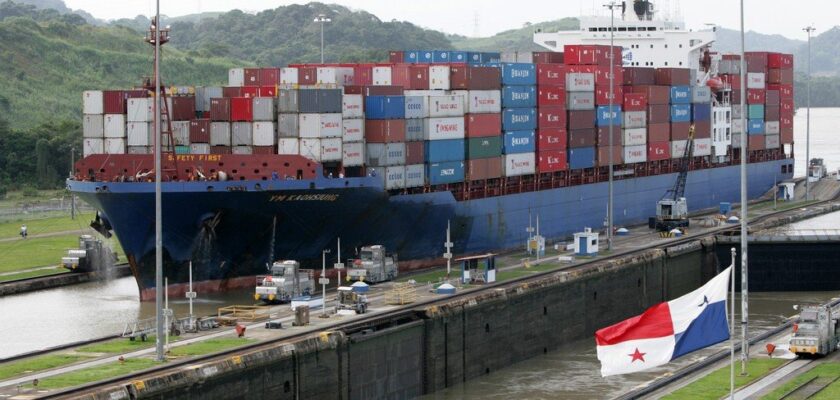Panama Canal
The Panama Canal is one of the grandest man-made sea lanes in the world. It crossed the Isthmus of Panama, connecting the Pacific and Atlantic oceans and breaking down the intercontinental barrier.
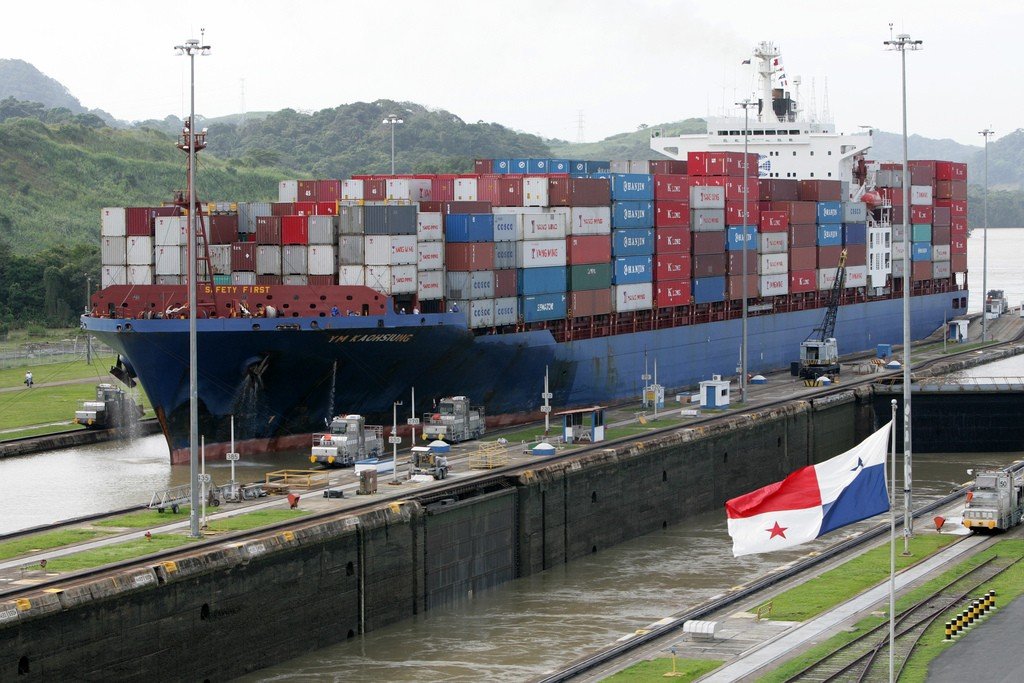
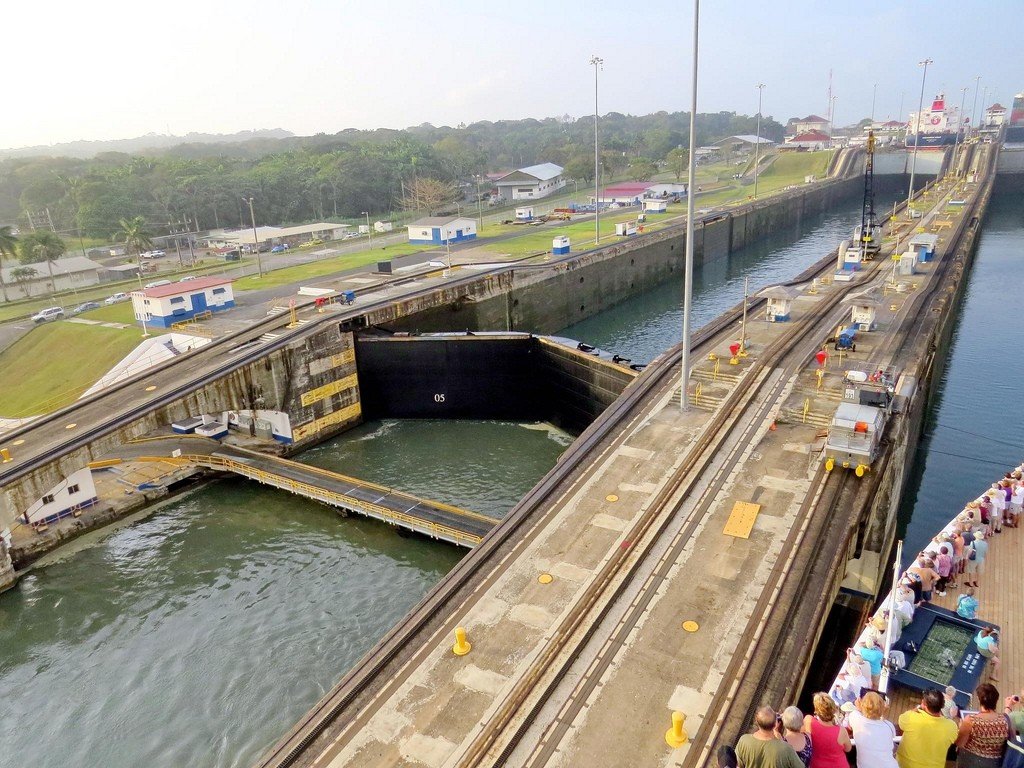
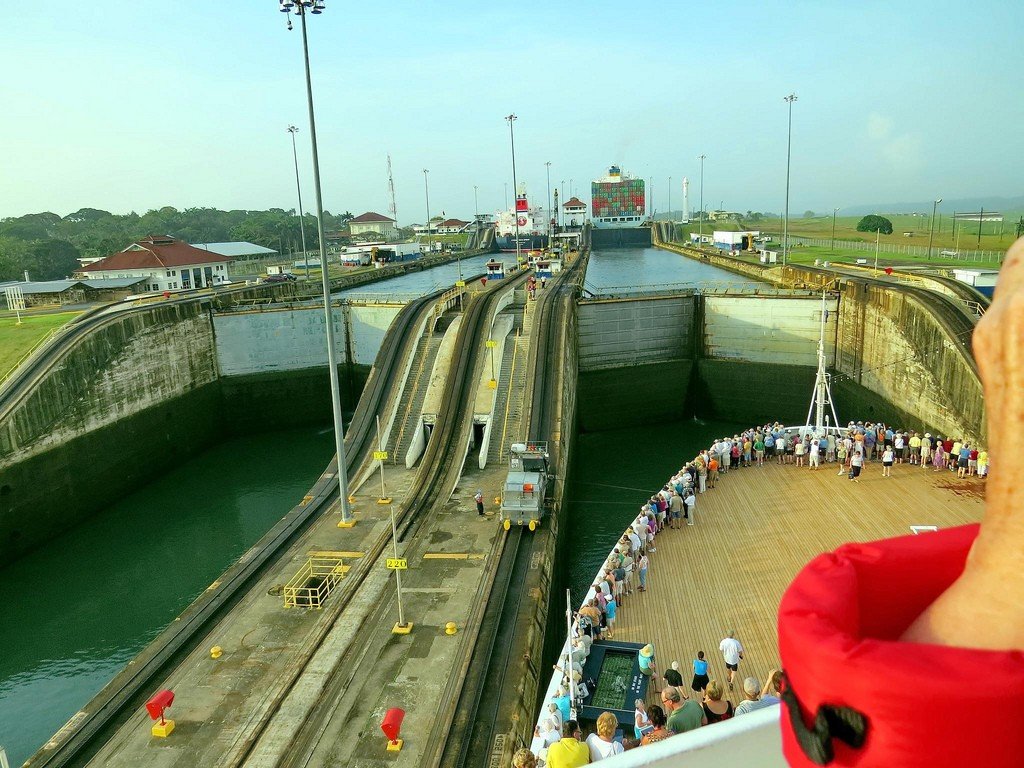
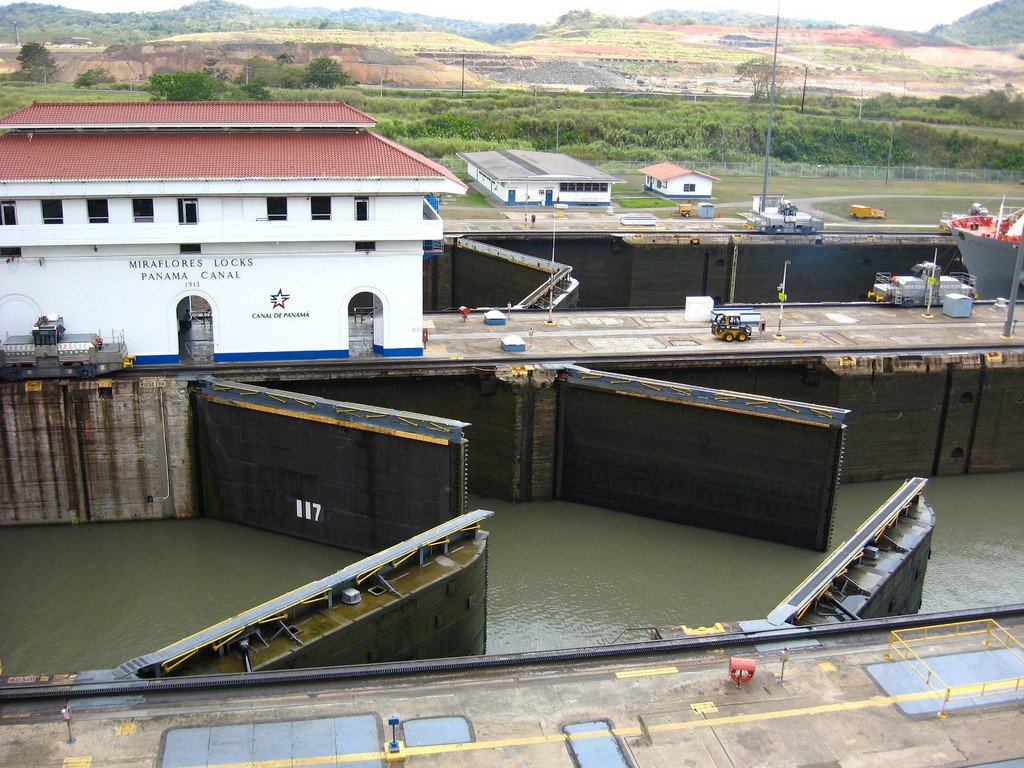
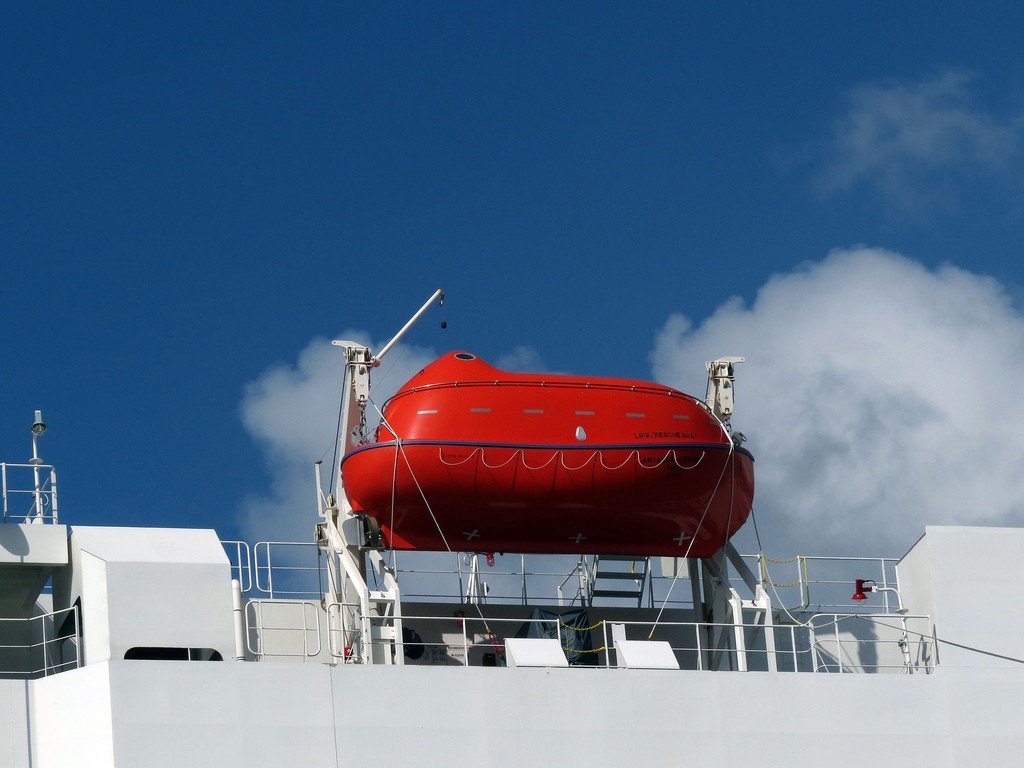
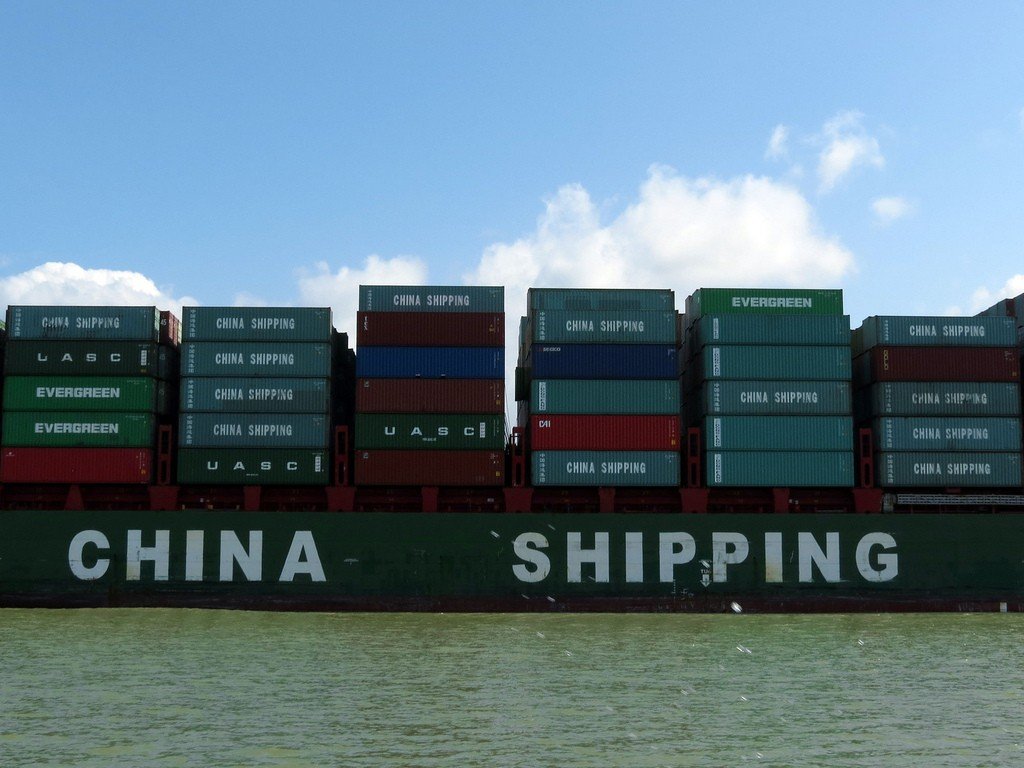
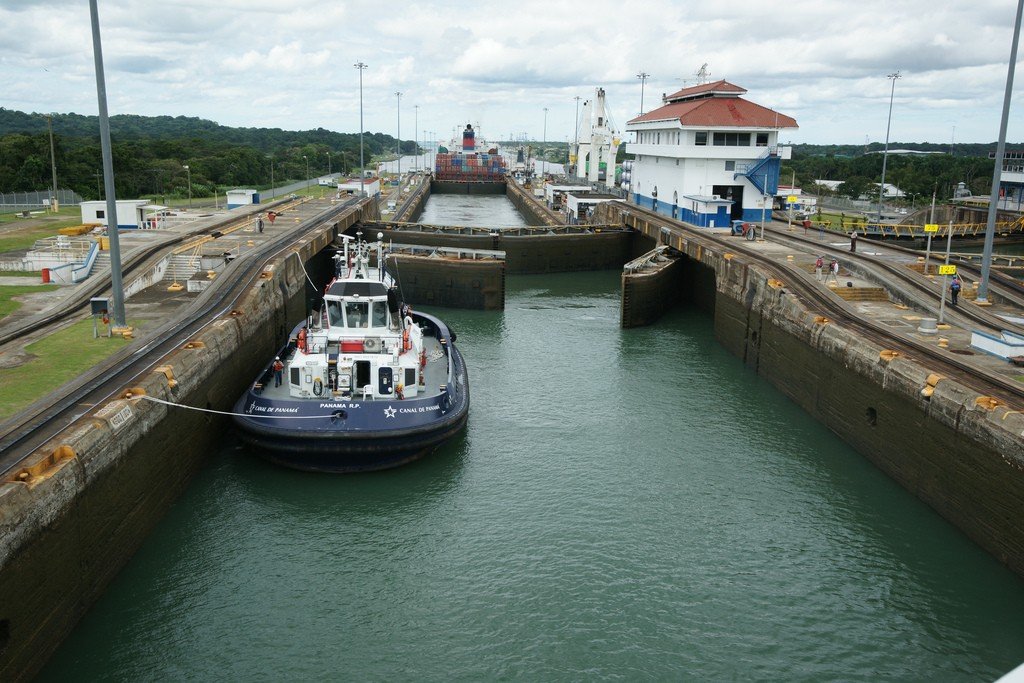
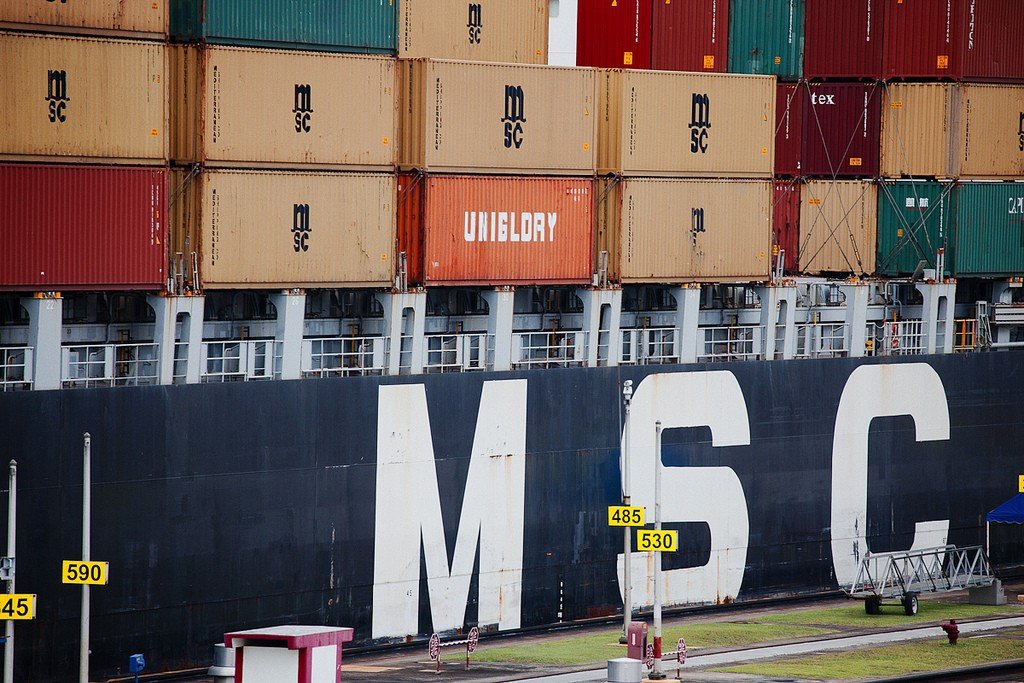
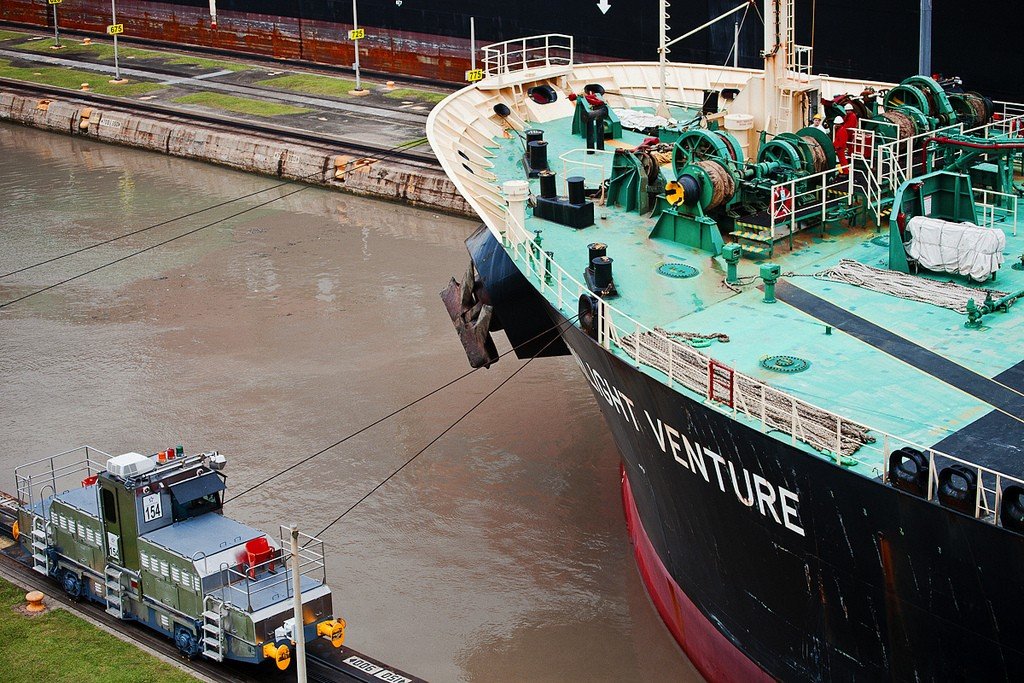
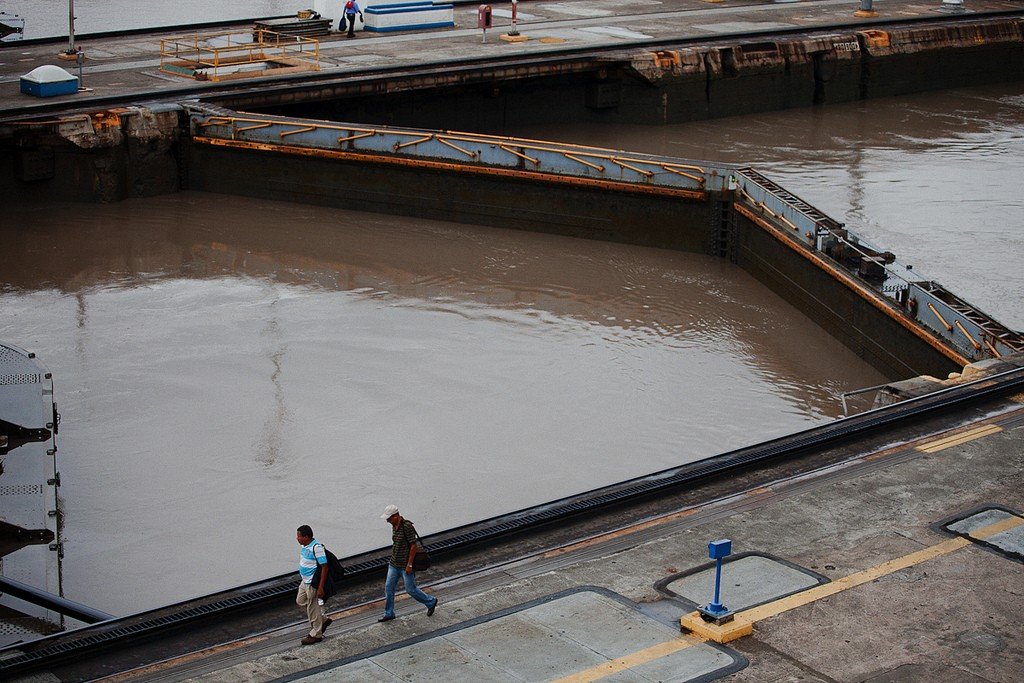
Background
The idea of connecting the two oceans with an artificially dug canal dates back to the 16th century by Spanish conquistadors. However, the idea was opposed by the Spanish King Philip II. And it took 300 years before the canal was talked about again. Ferdinand de Lesseps, inspired by the successful construction of the Suez Canal, planned to connect the Pacific and Atlantic Oceans in the same way. In 1881 he started work, but this time he was destined to fail. The ambitious project had to be closed just seven years after it began. The consortium created for the construction failed financially.
.
In 1902, the people who bought what was left of the consortium’s farm resold it to the United States for $40 million dollars. At the time, Panama was still under the jurisdiction of Colombia. That didn’t allow the Americans to just show up and start digging their own canal. President Theodore Roosevelt supported the Panamanian independence fighters and led them to victory. By 1903, Panama was an independent sovereign nation and work could resume. The first ship passed through the new Panama Canal on August 15, 1914. According to a treaty between Panama and the United States, the Panama Canal was to remain “forever” the property of the States.
.
About 80 kilometers long, the Panama Canal passes through the city of Colon on the Atlantic shore and the artificial Lake Gatun on the Pacific shore. Thanks to the canal, the sea route from San Francisco to New York became only 10,000 kilometers instead of 26,000 kilometers. The water level in the Atlantic is only 24 centimeters lower than in the Pacific Ocean. However, due to the rough mountainous landscape, ships have to pass through 3 locks on their way to rise 26 meters to the level of Lake Gatun. The channel is wide enough to allow ships to move towards each other with little or no delay. The size of the locks limits the parameters of ships that can pass through the canal, and these numbers are known to sailors as “Panamax”. Ships must be no more than 294 meters long and 32 meters wide to meet the Panamax vessel type. They must also have a draft of no more than 12 meters.
Since the Panama Canal opened in 1914, more than one million ships have passed through it – 14,000 of them in 2005 alone.The owners of the Panama Canal receive a fee for all ships passing through. When in 2000. When the U.S. ceded control of the canal to the Panamanian government in 2000, the responsibility for maintaining the canal fell to the Panamanian state. The fees, depending on the size of the ship and the weight of its cargo, average up to $2 billion a year. However, it is no secret that the capacity of the canal does not meet the demands of modern shipping. Not only the number of ships sailing from the United States to Asia and back has increased, but also their size. The dimensions of the so-called post-Panama class vessels do not allow them to pass through the canal. Therefore, it is planned to modernize the canal by 2014
.Dates
- 1881: A French consortium begins construction of the canal.
- 1902: Remnants of French assets are re-purchased by the U.S. for $40 million.
- 1903: Panama gains independence and construction work resumes.
- August 15, 1914: Shipping is opened on the canal.
- 1920-1999: The United States owns the canal.
- January 1, 2000: The U.S. cedes ownership to Panama. FACTS
- Length: The canal is 80 kilometers long, striving for locks.
- Traffic density: Since 1914, about one million ships have passed through the canal. The average value of passage fees per year is 2 billion dollars. Up to 45 vessels pass through the canal daily.
